WHAT DOES A BREAST ENHANCEMENT PROCEDURE ENTAIL?
Breast augmentation remains the most popular aesthetic surgery procedure. The surgical techniques and devices used in this type of surgery have evolved immensely over the last half-century.
Indications for Breast Enlargement
When compared to the norm, inadequate breast volume may lead to a negative body image, feelings of inadequacy and low self-esteem. These disturbances may adversely affect a patient’s interpersonal relationships, sexual fulfilment, and quality of life.
The initial consultation for augmentation will begin with open-ended questions about the patient’s goals and expectations for the procedure. Patients today have often spent some time researching the procedure either through friends or through the internet. The surgeon should be able to form an impression of the patient as a well-informed person with appropriately realistic expectations for the procedure. Any concerns about the patient’s level of understanding, unrealistic expectations, or self-esteem issues should be fully explored prior to proceeding with surgery. A careful medical history and physical examination are essential for the assessment of risk factors and candidacy for this type of surgery.
The ideal size and shape of the female breast are inherently subjective and relate to both personal preference and cultural norms. However, most surgeons will agree that there are certain shared characteristics which represent the aesthetic ideal of the female breast form. These characteristics include a profile with a sloping or full upper pole and a gently curved lower pole with the nipple-areola complex at the point of maximal projection.
Patients seeking breast enhancement need to undergo a thorough consultation process. At the initial consultation, the breast should be assessed against the patient’s expectations. In order to facilitate this crucial process, a number of methods are available.
A thorough physical examination begins with observation and careful documentation of any signs of chest wall deformity or spinal curvature. It is imperative to document and draw attention to any asymmetry of breast size, nipple position, or inframammary fold (IMF) position. Careful palpation of all quadrants of the breast and axilla is required to rule out any dominant masses or suspicious lymph nodes. While palpating the breast, the surgeon will carefully assess the quantity and compliance of the parenchyma and soft tissue envelope. The soft tissue pinch test is a useful method of assessment in which the superior pole of the breast is gathered between the surgeon’s thumb and index finger and measuring the thickness of the intervening tissue. The elasticity of the skin should also be characterized by observing its resistance to deflection and noting any signs of skin redundancy or stretch marks. Chest wall, soft tissue asymmetries, and combinations of both are important to identify preoperatively. This tool is also utilized to understand patient’s perception of the desired look by showing the outcomes of utilizing different size and style implants. This is also then projected in the operating room for surgical planning.
Complications and Treatment
There are inherent risks involved with all surgical procedures; when they involve a prosthetic device, these are considered more significant and have to be considered over longer follow-up time periods. Some may be considered trivia, whilst others are devastating to both patients and surgeons. Regardless of estimated likelihood, these all should be discussed in detail with patients undergoing aesthetic surgery. They generally pertain to aesthetic outcomes and surgical complications.
Aesthetic outcome: capsular contractures, malposition of implant, implant visibility/palpability/rippling, sensory and asymmetrical position changes to NAC, breast size asymmetry, contour deformities, galactorrhea, skin stretch deformities, glandular atrophy over time and need for device change with the passage of time are salient in the discussion with the patient.
Surgical complications: Postoperative haematoma, device failure/rupture/rotation (anatomical implants)/infection, hypertrophic/keloid scarring, as well as implant-related T-cell lymphoma need to be addressed.
Autologous Fat Injection
Fat grafts have become a popular means of soft tissue augmentation in plastic surgery in recent years. Traditionally, concerns regarding survival and calcification had led to a ban on the procedure by the American Society of Plastic Surgery. However, this has changed in recent years with a better understanding of fat and stem cells as well as better techniques for harvesting and engrafting. In regards to meaningful breast enlargement, however, fat-based autologous augmentation, despite its obvious attraction, remains a goal rather than an attainable outcome.
Contact Us Today
Contact Panthea Clinics in Sydney or Canberra clinics today to book your initial consultation or get answers from our dedicated team of surgical professionals.
Gallery
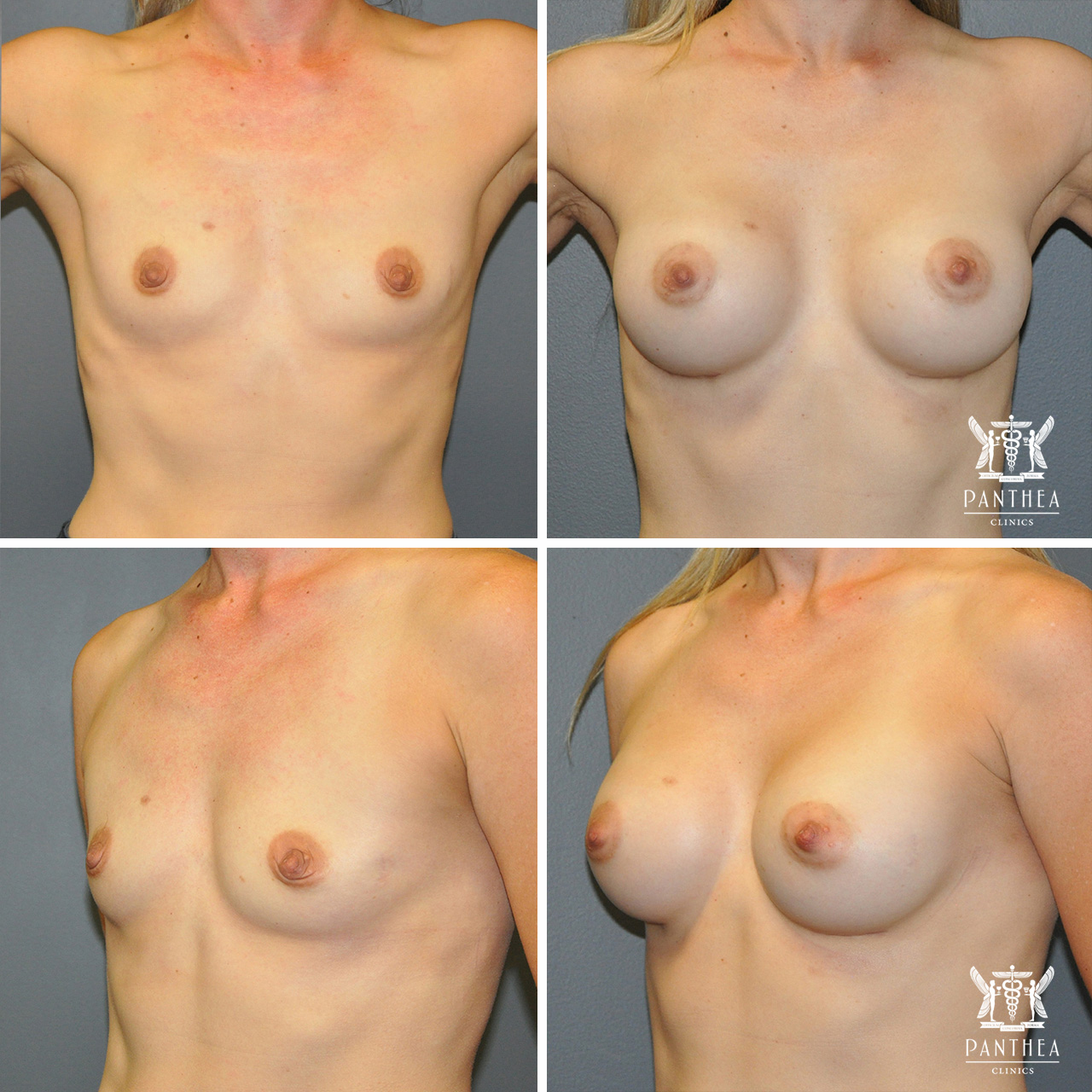
Breast augmentation results shown at 3 months postoperatively.
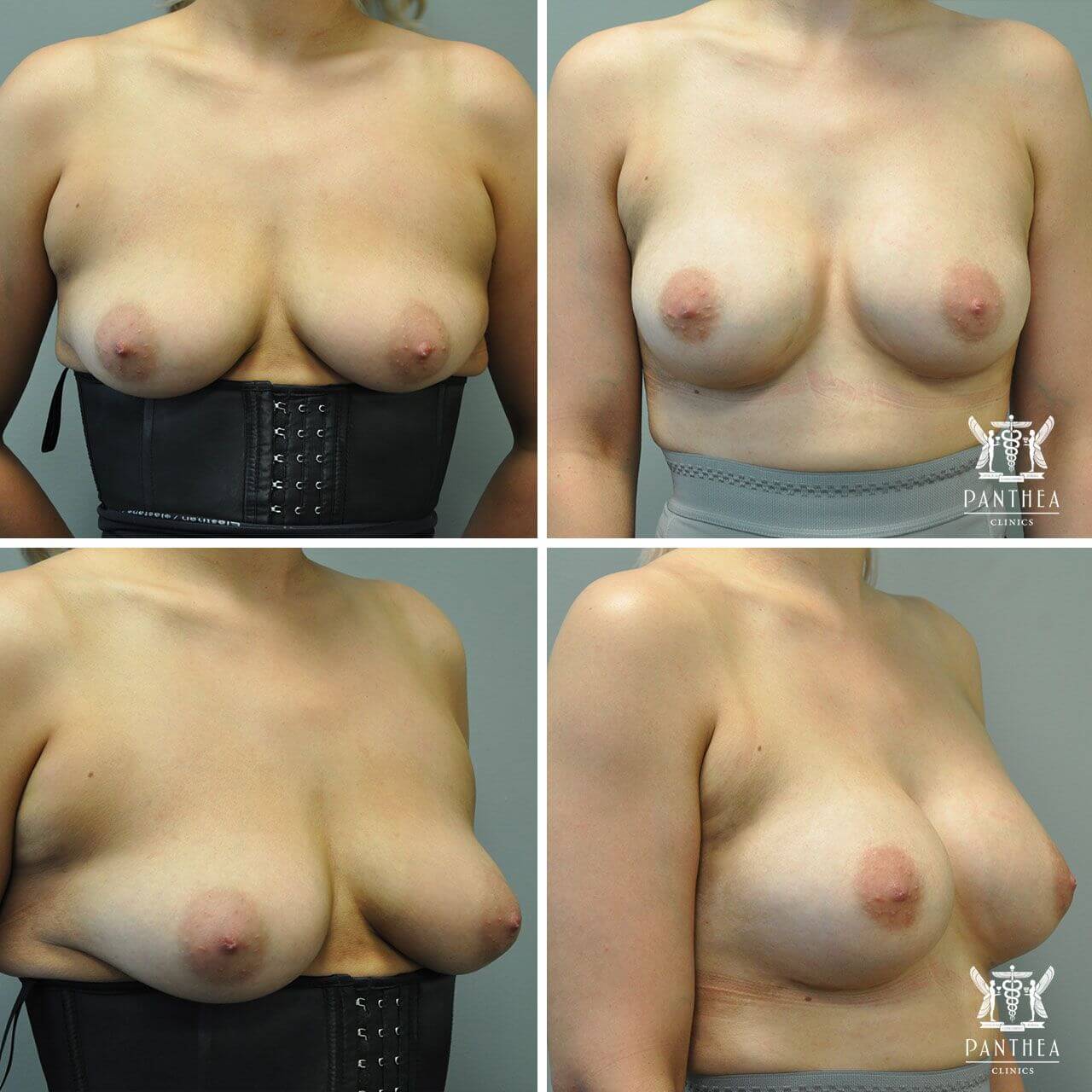
Breast augmentation results shown at 3 months postoperatively.
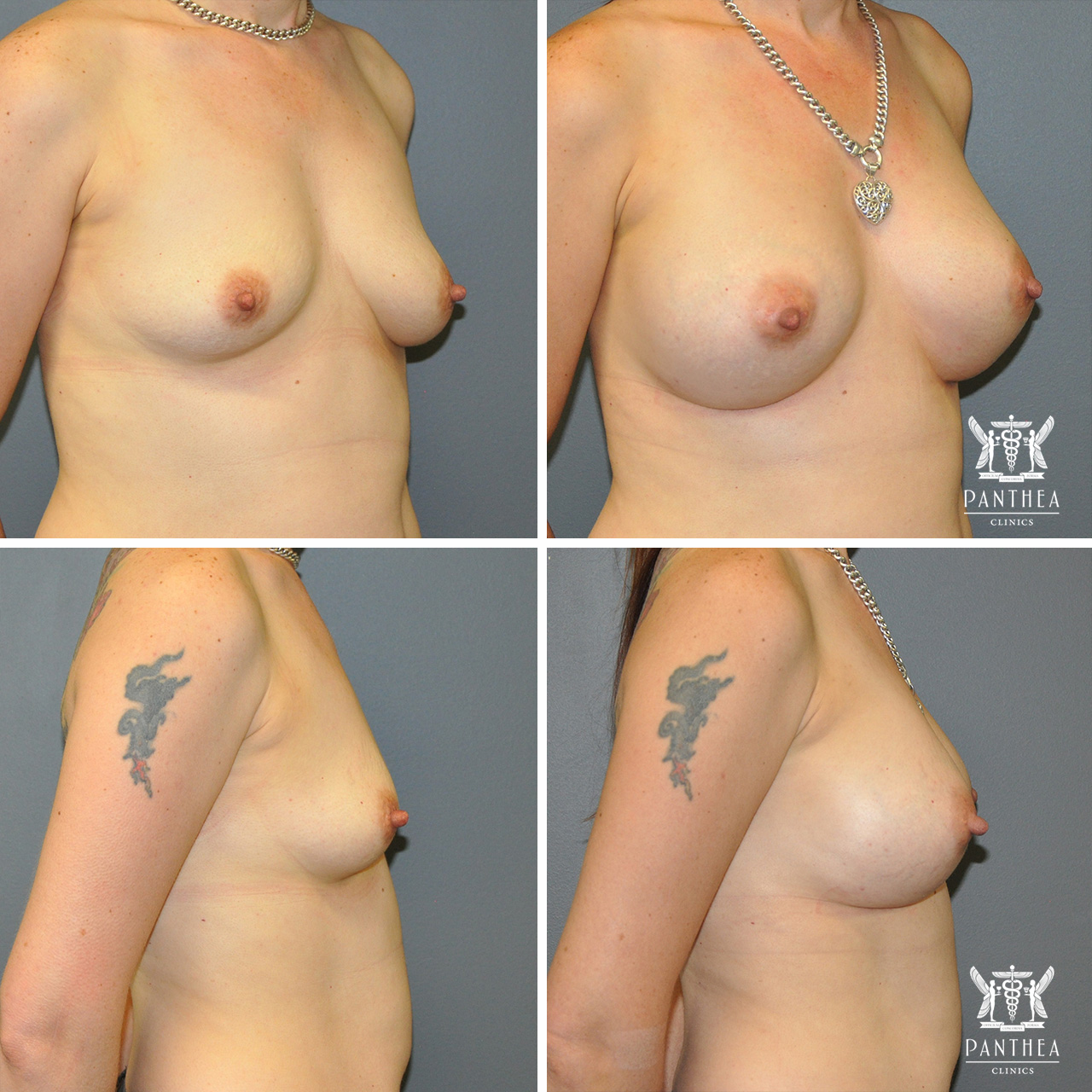
Breast augmentation results shown at 3 months postoperatively.

Breast augmentation results shown at 12 months postoperatively.
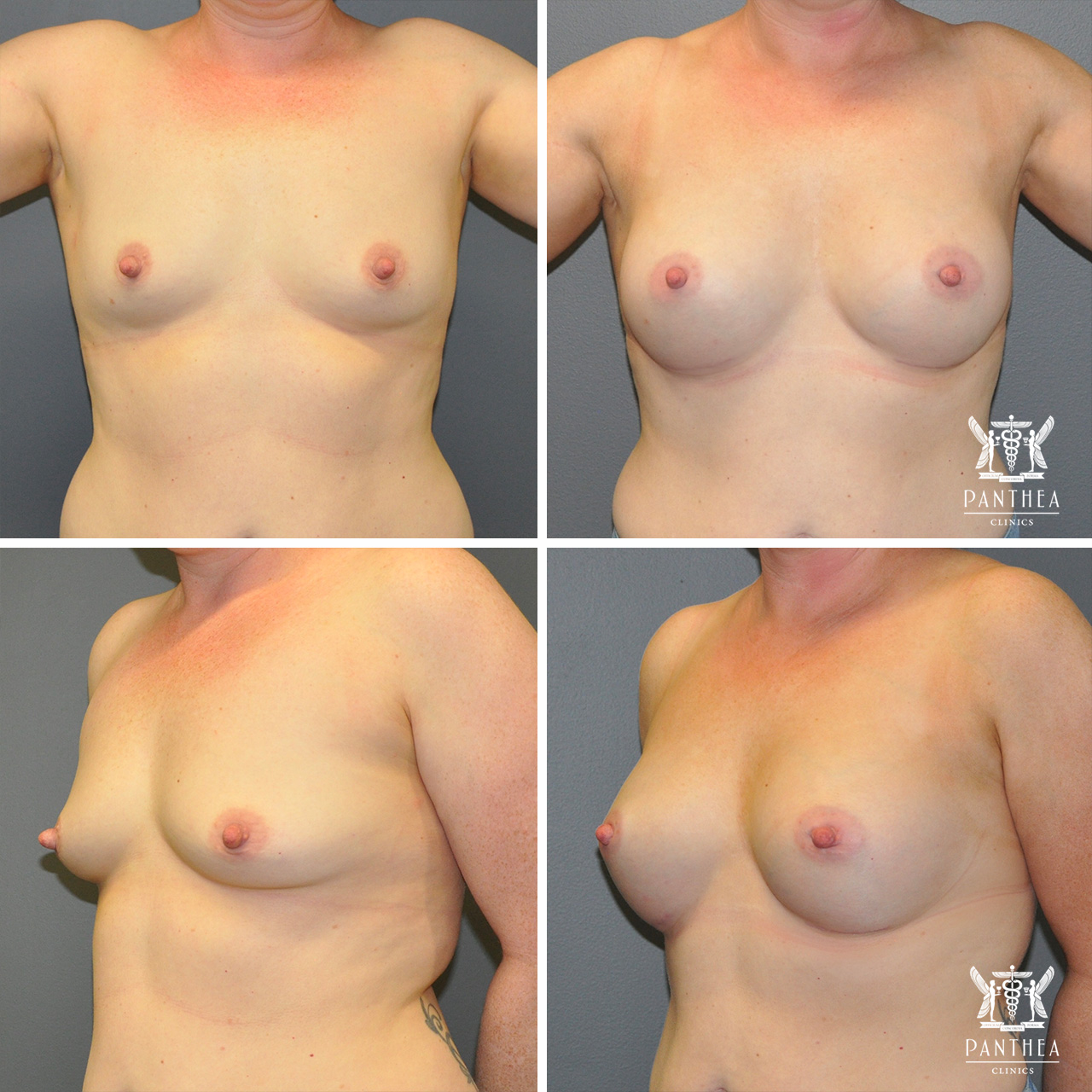
Breast augmentation results shown at 3 months postoperatively.

Breast augmentation results shown at 3 months postoperatively.
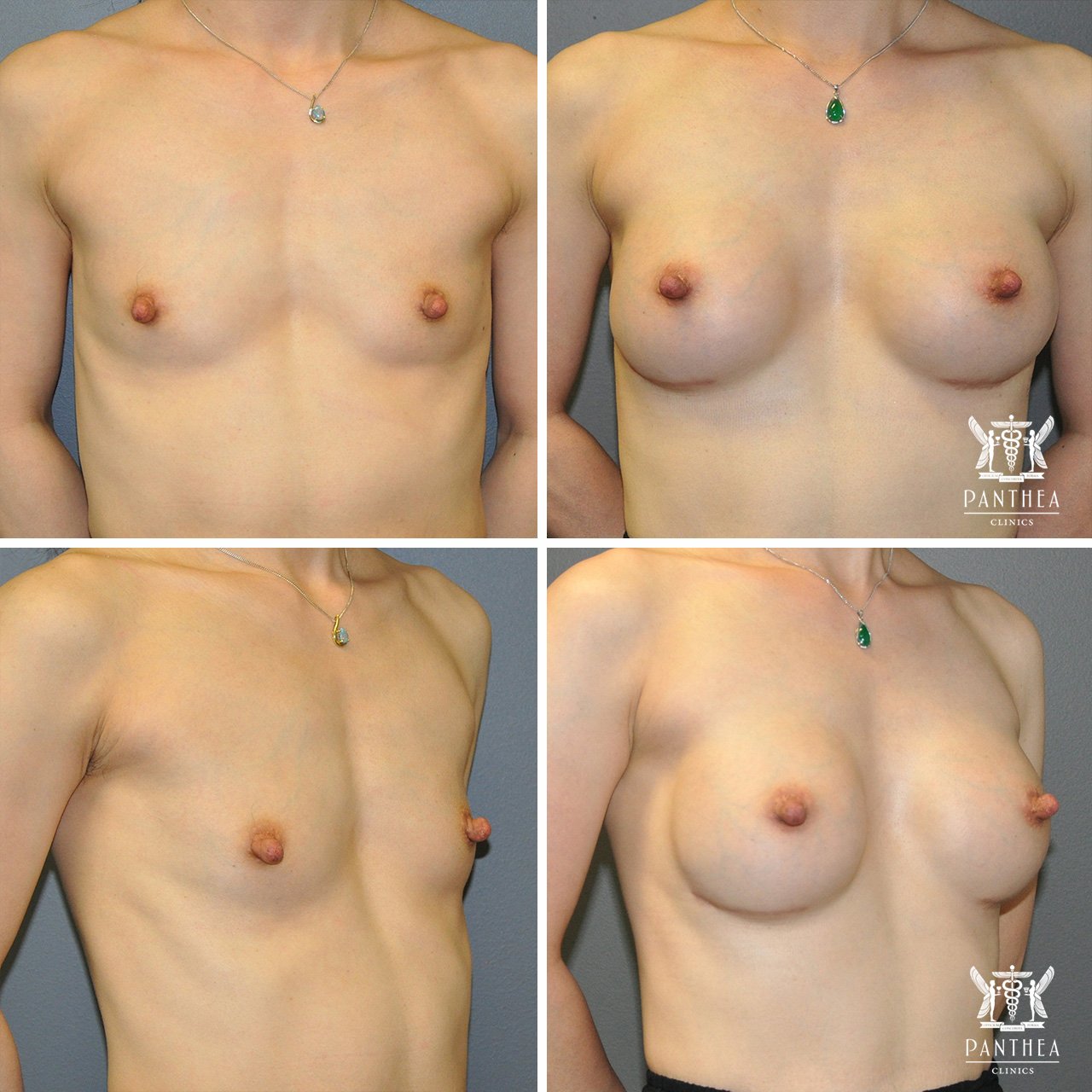
Breast augmentation results shown at 3 months postoperatively.
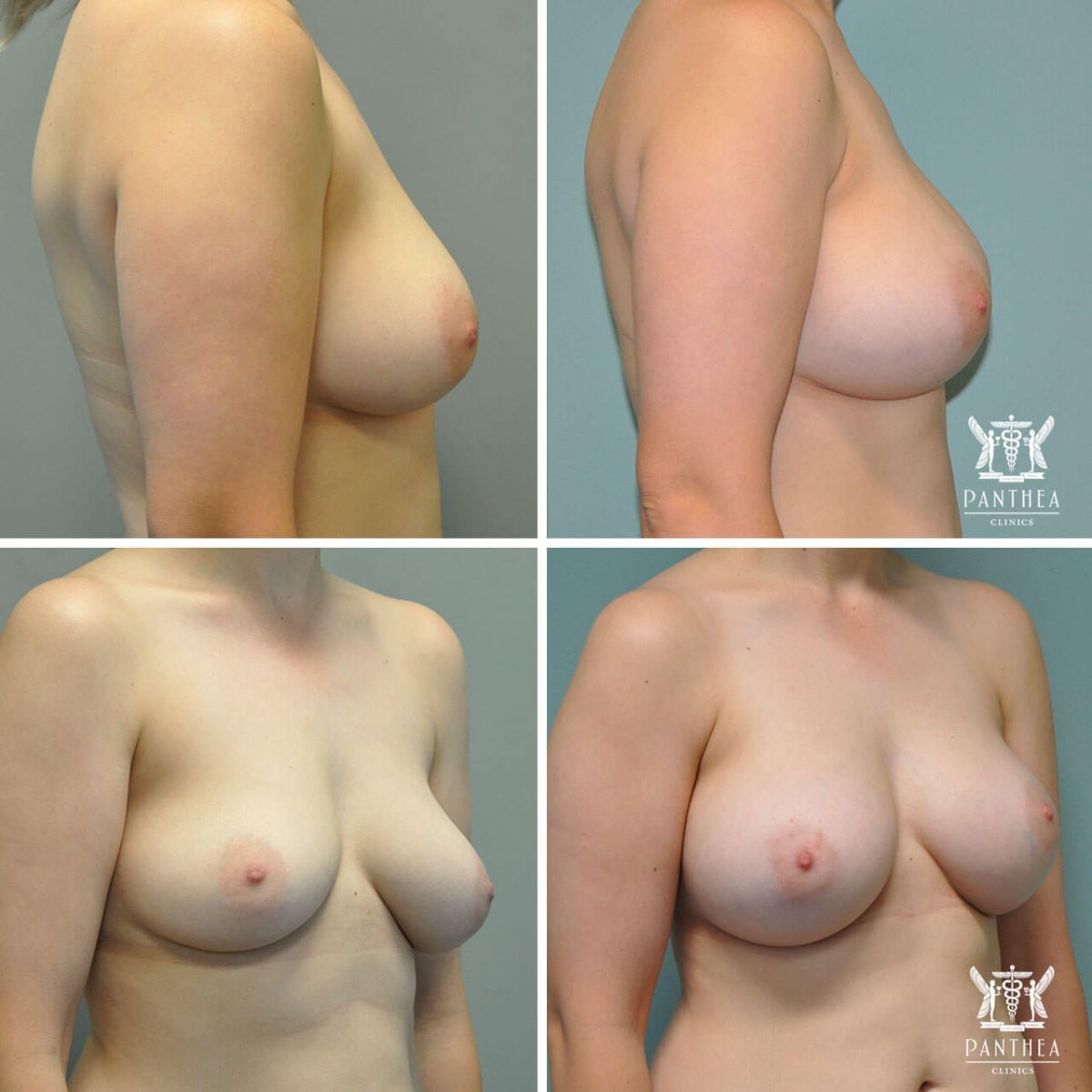
Breast augmentation results shown at 3 months postoperatively.











